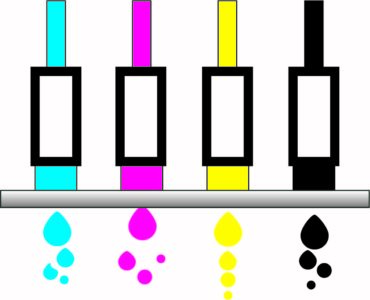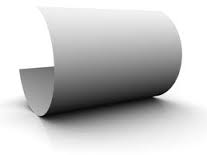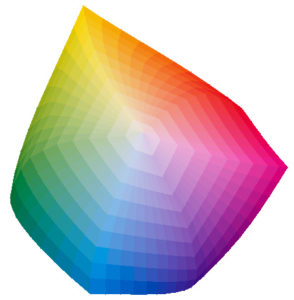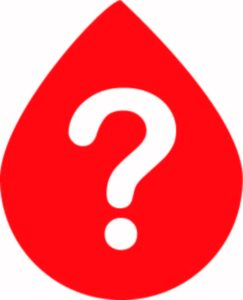What determines production inkjet print quality? This is a complex question which can’t be answered by simply looking at the published spec sheet for a device. Many OEM’s tout higher and higher print head resolutions and base many of their sales conversations around inkjet print quality. Yes, resolution is a player, but it is only one part of the print quality equation. As our recent post on “Understanding the Gray Areas of Inkjet” discusses, even the term “resolution” can be confusing in the context of inkjet print quality.
The discussion becomes even more confusing if trying to compare inkjet print heads to traditional offset. It’s not accurate to compare traditional line screen or lines per inch (LPI) to the nozzles per inch (NPI) for an inkjet print head. Print heads on inkjet devices used today are either interlaced together or singularly higher than conventional LPI measurements resulting in a higher nozzles per inch measurement.

Any discussion of inkjet print quality has to include the combination of resolution, minimum and maximum drop size, drops per dot (DPD), gray levels and the bits per pixel which can be processed by the heads themselves. The actual performance of the print head is a rather large part, for the print head health, nozzles, satellite control, wave form and cross process density play an important role in controlling the uniformity and placement of each drop of ink.
Then there is the ink. Ink chemistry itself and its compatibility with the head, the compatibility of each color to the other process colors, type of colorant, colorant load, ability to wet out, jet properly, drying or curing requirements impact quality.

Of course the print quality of the device cannot be evaluated without printing ON something. Therefore, the substrate and ink must also have a range of compatibility. A substrate may need a pretreatment or primer to control the surface tension, to keep the colorant on the surface as well as adhere to the surface (with proper wet out and controlled absorption, drying and curing.) Proper adjustments of each primary color and over all TAC always need to be determined to avoid mottle, wicking, coalescence, strike through, curl, cockle, adhesion and drying/curing issues.
Along with the substrate type to consider, there is the substrate movement. This is an important differentiation of the device that does not always get due consideration. Motion control of the substrate as it moves under the heads is just as important as the print head itself. Registration, repeatability, timing and distance from the head to the substrate can greatly impact the drop size and jetting pattern and if not properly set can create a an uneven appearance.

Another very important aspect is the Raster Image Processor (RIP). The RIP, or front-end, is truly the beginning of what is processed by the highly complex process of machine, head, ink and substrate. The RIP is what accurately converts a file into the resolution specific, dithered pattern and color planes which the print engine will send to each of the heads. Each color plane communicates to the print engine when and where to have the print head drop a drop and what volume each drop should have.

All of the items above will determine final print quality, but will also impact overall color quality. Proper color management depends on the long list of variables mentioned above, determining max process color Chroma, as well as the total TAC when all colors are combined, creating the reproducible color gamut of that machine, head, ink and substrate.
Phew, that is a lot to think about. But now you know that your conversation with your OEM needs to go way beyond resolution and take a deeper dive into the many components that make up inkjet technology and their overall performance to specific substrates. Future posts will discuss methods of assessing the various components mentioned here.

InkjetInsight.com is here to help support inkjet print quality analysis. From specific testing criteria based on your specific print market segment to free and custom fingerprint files, test forms and tint books. We can help make sense out of a lot of the variables you will face in this fast paced production and industrial inkjet printing market. Become a member InkjetInsight.com for valuable information which will help take the guess work out of Inkjet print quality. Consulting is also available from Inkjet Insight’s resident experts.
